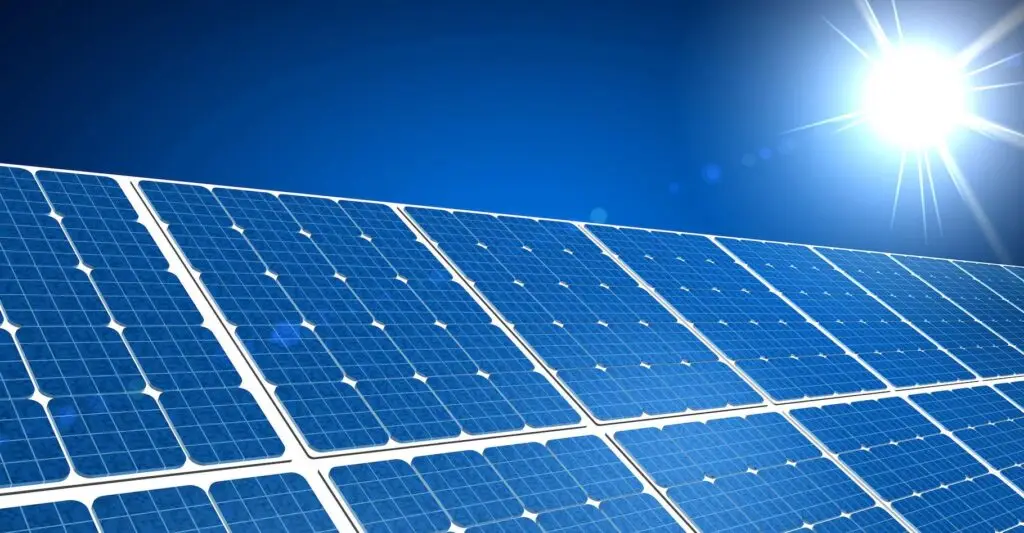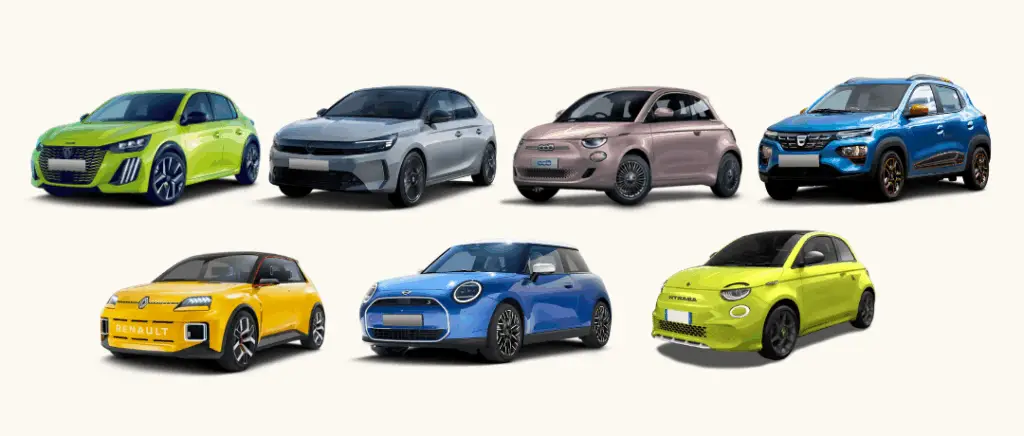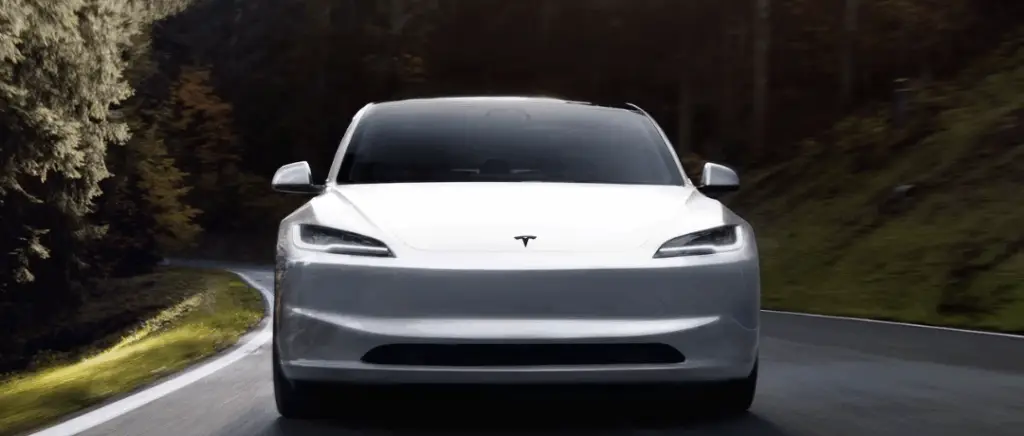Why not install photovoltaic solar panels?
With Beev, get a turnkey solar panel solution to reduce your electricity consumption.
Why install photovoltaic panels?
L'he installation of photovoltaic panels has boomed in recent years. It has to be said that there is a growing need for environmentally-friendly energy.
Today, many people are installing or finding out about the possibility of having photovoltaic panels at home. Here are a few reasons why you might decide to take the plunge.
Reason no. 1: Long-term investment
Lt's no secret that installing photovoltaic panels is expensive. However, solar energy should be seen first and foremost as a long-term investment. A good solar array will not only pay for itself, it will also generate income. Photovoltaic systems are considered to break even after 15 years.
Reason no. 2: Tailor-made energy production
Photovoltaics are perfectly suited to most homes and regions of France. It works in such a way as to produce energy in a controlled way. You can use your array to cover a wide range of needs. If you want to produce more energy, you can freely increase the size of your installation, and therefore its power and annual output.
Reason no. 3: Energy that respects the environment
Unlike fossil fuels, the sun's rays are an inexhaustible source of energy. Installing photovoltaic panels means you can benefit from sustainable energy that won't deplete our natural resources.
Reason no. 4: You benefit from a wide range of grants
Help can be very attractive, as it can help you to get a return on your investment even more quickly. Various bodies, such as theEnvironment Agency and Energy management or local authorities, can help you qualify for attractive financial assistance.
Reason no. 5: the materials are reliable
Investing in photovoltaic panels manufactured in France or within the European Union will guarantee you reliable, long-lasting equipment.
Totally fixed, the photovoltaic panel suffers very little wear and tear. What's more, a photovoltaic panel is made exclusively from hard-wearing materials such as aluminium, glass or silicon.
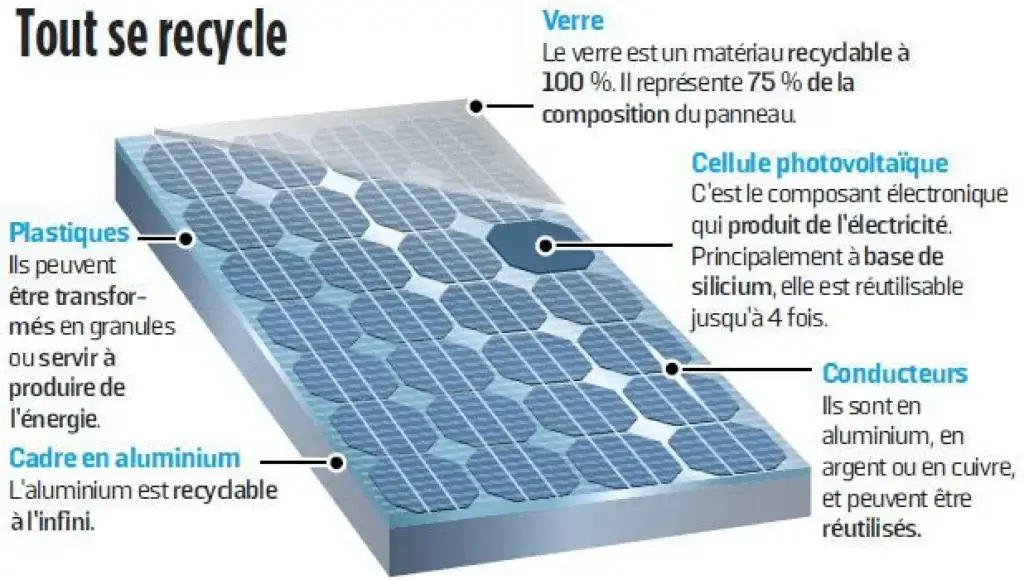
Reason no. 6: Increase the value of your property
Modernising and Powering your home with the best technology and the finest solar installations means you can increase the value of your property.
Le Tesla Solar Roof for example, as well as enabling you to stand out on the property market if you wish to resell, it adds an extra touch to the architecture of your home, while converting sunlight into electricity.
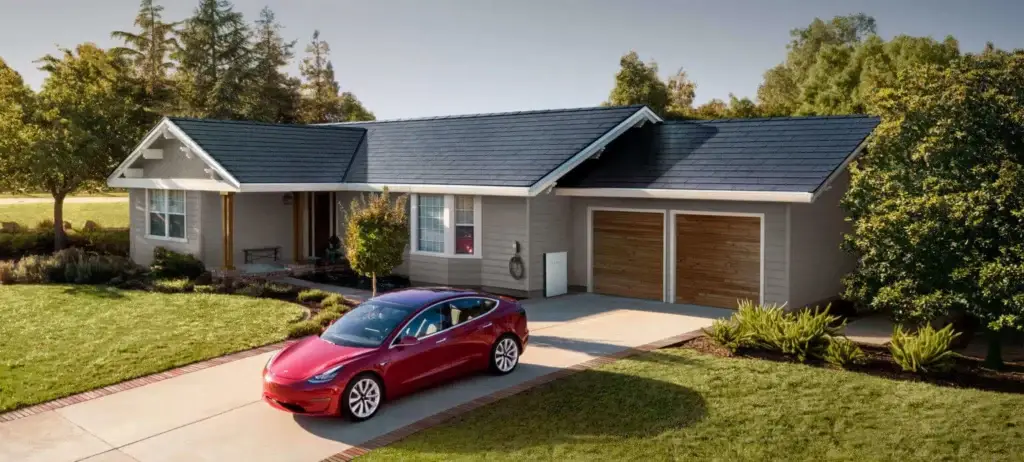
Reason no. 7: Limit your bills
By using the solar energy you produce directly, you save money on your energy bills. When you consider the cost of electric heating, this can add up to considerable sums over the years.
Reason no. 8: Low maintenance
Once installed, your photovoltaic panels will cause you very few problems. In fact, a photovoltaic system is far from complex to operate:
- Solar panels do not require any fuel or consumables.
- The panels are immovable and will not be damaged by use.
- Simple maintenance visits will be enough to ensure that the system is working properly.
Reason no. 9: You can resell your energy
One of the major advantages of photovoltaic energy is clearly its low energy consumption. energy resale. If you decide not to consume your solar energy, or if you have surplus energy, you can sell the energy produced but not consumed. In other words, photovoltaics provides you with a regular income, depending on the amount of energy you produce. A 20-year contract allows you to sell back all the energy produced. After this period, you will no longer be able to sell any energy, but you will still be able to consume the energy you produce.
What are the formalities for installing photovoltaic panels?
Solar energy can be a fantastic opportunity for anyone. Photovoltaic panels can be installed anywhere in France, not just in the hottest cities.
However, not all houses are ideal for installing a photovoltaic panel.
First and foremost, you need to carry out a estimate precise on the scope and potential of your energy project before moving on to the next stages:
Stage 1: Sizing your project
- Analyse your building: you need to analyse the features of your home that will affect your energy performance and with it your savings and the profitability of your photovoltaic installation.
- Evaluate your consumption: You need to find out how much energy you use each year, and in particular how much you use during the day.
Step 2: Choosing your equipment and installer
- Equipment : To make the most of your solar installation and ensure its long-term future, the choice of equipment is essential. You need to choose the right type of photovoltaic panels, the inverter which will provide the link between your panels, the network and your home, and finally the self-consumption kit optimised for you.
- Provider : There are a large number of players on the market, so it's not easy to find your way around. When it comes to installing photovoltaic panels, there are three types of service provider the self-employed, craftsmen in integrated networks and intermediaries. So it's not always easy to find a company to help you with your project. The companyIn Sun We Trustwas created to make the switch to solar energy as easy as possible. With a detailed study, personalised advice, administrative procedures, after-sales service and warranty, In Sun We Trust takes care of everything. So you can switch to solar energy with peace of mind. Once you've found your ideal installer, the next step is to take the necessary administrative steps to connect your solar array to the public grid managed by In Sun We Trust. Enedis or your ELD.
Stage 3: Administrative procedures
- Town Hall : Once you've decided on the size, type and location of your photovoltaic panels, you need to contact your local council to check that the work is feasible. To apply for a preliminary works declaration, you need to complete the following documents this form and hand it in at your local town hall. The application must also include :
- A site plan, i.e. a schematic plan of the plot with the dimensions of each element.
- A plan of the location of your photovoltaic panels: facade, roof or ground plan.
- A visual showing the appearance of the house after the installation of the photovoltaic panels and an additional visual showing the house in its environment once the work has been completed.
- The response period is 1 month. If the Town Hall does not get back to you, you can start the work by displaying the receipt on your property with the Town Hall's stamp showing the date on which the declaration was submitted.
- Network manager : Secondly, you must submit your connection request to the network operator, usually Enedis. They will then send you a connection proposal, which includes a quote based on the type of connection you want.
- Purchase obligation contract : if you wish to sell your surplus production to an approved electricity supplier, you must enter into an agreement with the supplier. purchase obligation contract with the latter.
Stage 4: Installing the photovoltaic panels
- Agreements between stakeholders : longest in self-consumption is to wait for feedback from all the organisations concerned.
- Proceed with installation : Once you have your papers, you can start work on your home.
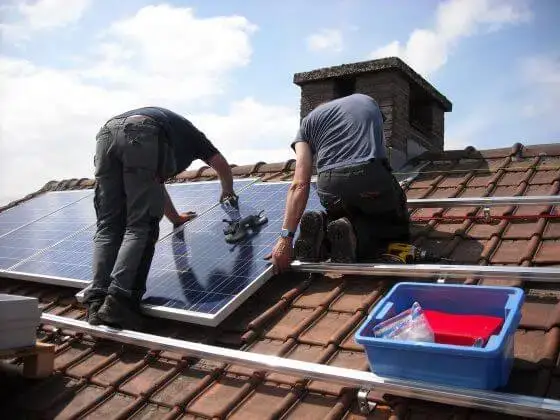
- Profiter de votre érenewable energy : Once all the formalities have been completed and the photovoltaic panels installed at your home, all that's left to do is enjoy your new 100% renewable energy.
Photovoltaic panels and recharging stations
When you choose to ride with a electric vehicleWhen it comes to recharging your car, you often want to do it as cleanly as possible, using renewable energy in particular. The sun is the best way to go all the way with your electric and ecological initiative.
The most environmentally-friendly way of recharging your electric car and achieving the goal of zero emissions is to use the energy produced by the sun. And there are various ways of recharging your electric vehicle at home:
Solar carport
Le solar carport is an awning for sheltering your car from the elements. One of its main advantages is that it is lightweight and easy to install. The carport can be fitted with photovoltaic panels. This gives you a surface area of 15 to 20 m2 of panels without touching the roof of your house.
- Price : The cost of a solar carport is lower than installing panels on the roof. A solar carport can be installed in a day. A recharging point is also installed and you can connect an electric vehicle or a plug-in hybrid vehicle. A "simple" carport for one car with around 17 m2 of panels will cost you around €10,000 for the structure, panels, inverters and wiring, as well as a pre-wired electrical box.
- Energy generated : With a panel surface area of 15 to 20 m2 depending on the model, a solar carport has an installed power of around 3 kW. Depending on your geographical location, you'll be able to generate between 2,400 and 4,200 kWh over the course of the year. That's 60 to more than 105 clean recharges of your car.a Renault Zoé for example, or 15 to 30,000 km thanks to the sun and its renewable energy. If you have a Tesla Model S (100 kWh), you get between 24 and 42 recharges. What's more, with photovoltaic panels on the roof, you can sell the electricity you produce or use it yourself.
- Economy : According to a study conducted by A 4-person household equipped with photovoltaic panels would save an average of €1,350 on an annual electricity bill of €1,935.
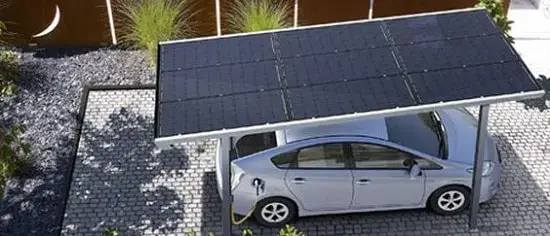
Installing photovoltaic panels on the roof of your home
When you choose to install photovoltaic panels at home, the energy produced is non-polluting. What's more, as part of our ecological approach, you can go even further and recharge your electric car using solar energy. No greenhouse gases are emitted, and you can be sure that your vehicle is ready to go when you are.
In self-consumption, the energy produced by your panels is distributed to appliances connected to your home network. So if you want to recharge your electric vehicle using solar energy, you can plug your car into the mains when the panels are producing their maximum output.
Photovoltaic panels produce their peak energy at midday. Recharging is most effective in the evening or at night, ideal after a long day's work.
Photovoltaic panels produce a direct current of electricity. The recharge of an electric car at home is on alternating current with a voltage of 240V controlled by a charging station (mode 2) which is not a charger as you might think. The charger is actually inside the car. The role of the terminal is therefore simply to control the flow of alternating current. It is the car's charger that converts the alternating current into direct current. In the case of charging directly from photovoltaic panels, an inverter is required to convert the direct current from the panels into alternating current. The inverter synchronises the electricity with the distribution network, and generates the electricity we consume.
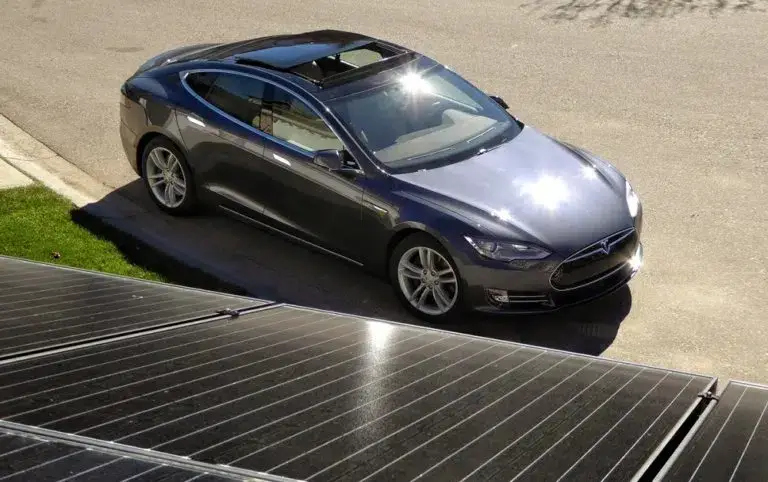
What assistance are you entitled to?
Are you planning to install photovoltaic panels to supply your home with electricity? Part of the cost of your installation may be covered by aid for photovoltaic panelsand in some cases generate income.
There are various options for managing the electricity generated, involving a specific contract and type of connection:
- Total self-consumption : you consume your entire production. This saves you money on your grid electricity bill.
- Self-consumption with sale of surplus : you consume your production and sell the surplus to an authorised organisation. In this case, you benefit from a reduction in your electricity consumption bill from the grid and you have income from the sale of electricity. To encourage the use of renewable energies, the government has introduced a number of schemes to help private individuals finance their energy-saving projects.
- Photovoltaic self-consumption premium : Surplus sales installations are eligible for an investment premium. This premium is degressive and varies according to the power of the installation. It is spread over the first 5 years of operation.
- Selling surplus electricity : It is also possible to sell surplus electricity to the chosen supplier. Feed-in tariffs are set by the decree of 9 May 2017. Every year, on the anniversary date of the commissioning of your photovoltaic system, you send your bill to the producer who buys the electricity from you.
- Selling surplus electricity : It is also possible to sell surplus electricity to the chosen supplier. Feed-in tariffs are set by the decree of 9 May 2017. Every year, on the anniversary date of the commissioning of your photovoltaic system, you send your bill to the producer who buys the electricity from you.
- Reduced VAT rate : grid-connected photovoltaic installations with a capacity of 3 kWp or less that are fully self-consumed or sell the surplus or all of the electricity they produce may qualify for a VAT rates to 10 %.
.
Local authority aid
You may be eligible for local support in addition to government grants. To find out, contact your local council, departmental council or regional council to find out what financial support you may be eligible for.
- Paris: 750 grant The following conditions must be met: household tax income per consumption unit must be less than €28,362, or the home must have a high level of performance.
- Alsace : subsidy of €750/kWp A grant of up to €30,000 is available for photovoltaic panel installations of up to 100 kWp.
- Corsica : single-family homes are eligible for a grant of 2 €/Wc which is capped at €6,000, provided that the installer is qualified. QualiPV.
Are you tempted by the idea of solar power, but not quite sure how much it will cost? It's true that installing photovoltaic panels costs money. But thanks to consumer enthusiasm and technological advances, the price of photovoltaic panels is constantly falling, unlike the price of electricity, which continues to rise.
By opting for a renewable energy source, you're playing your part in the energy transition, while making savings over time. But for solar panels to be profitable, the cost of the photovoltaic panels must allow you to make a financial profit. The more the benefits or savings generated by the solar array enable you to repay the amount invested quickly, the better off you'll be. And so will the planet!
If you would like to find out more aboutsupport for the installation of charging points for private customers in 2024For more information, see our article on this subject.
